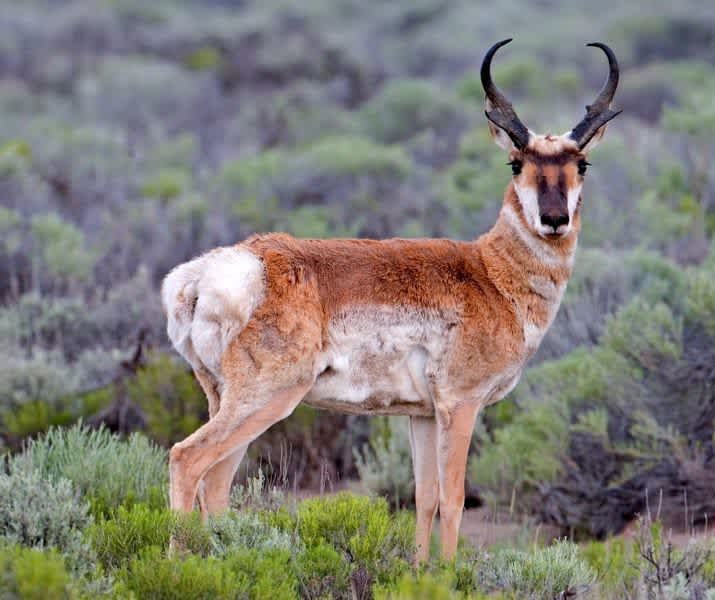North Dakota Pronghorn Tentatively Bounce Back
OutdoorHub Reporters 08.01.13

Harsh winters and droughts have caused a dramatic decease in North Dakota’s pronghorn population since 2008, but recent aerial surveys found that the animals are slowly recovering. It is a story that local hunters and conservationists know well. It only takes one bad winter to send pronghorn numbers into decline and the animals have wavered between recovery and disaster for years. According to the Bismark Tribune, North Dakota boasted nearly 10,000 of the animals in the early years of the twenty-first century but dropped to 6,500 in 2010. Last year pronghorns plummeted to a new low of 3,600 animals within the state. The last hunting season was held in 2008.
It was the end result of three severe winters from 2008 to 2010. Wildlife experts say that few fawns were born in the proceeding years and left an aging pronghorn population that lacked breeding females.
“The result was another poor fawn crop, but there were signs of recruitment with more yearlings being observed this year,” said Bruce Stillings in 2012. Stillings is the big game supervisor for the North Dakota Game and Fish Department.
Recent surveys may indicate that the pronghorn are now recovering faster than anticipated. Game and Fish employees used five airplanes to canvas more than 11,000 square miles of pronghorn habitat and found that the pronghorn population increased to 5,400, 49 percent over last year. Stillings believes that the state could reopen the hunting season as early as 2014.
“We’re really one normal winter and one normal year of production away from having at least a limited hunting season,” he said.
It is an abrupt break from five years of continuous decline. In most parts of the state pronghorn fawn production now appears to be reaching what is considered an average level. This is a far cry from what biologists say was a period of “virtually no fawn recruitment” during the preceding years. A healthy dose of rain earlier this year played a part in the recovery, along with a milder winter.
“That should translate to better conditions for the spring of 2014,” Stillings said.
Pronghorn decline is a chronic problem in North Dakota and similar instances in 1977 and 1997 also saw the population hovering at just over 4,000. For now state biologists are continuing to keep an eye on the animals and pushING forward with meeting their population objectives.
The pronghorn, or pronghorn antelope, were first “discovered” in South Dakota by the Lewis and Clark Expedition. Historically, Native American tribes have long incorporated the animal into their culture. At one time as numerous as the bison, pronghorn factored greatly in hunting and traditional diets. According to legend, some tribes abstained from eating pronghorn due to their cultural beliefs.
KDLT reports that there are roughly 37,000 pronghorns in South Dakota today.

